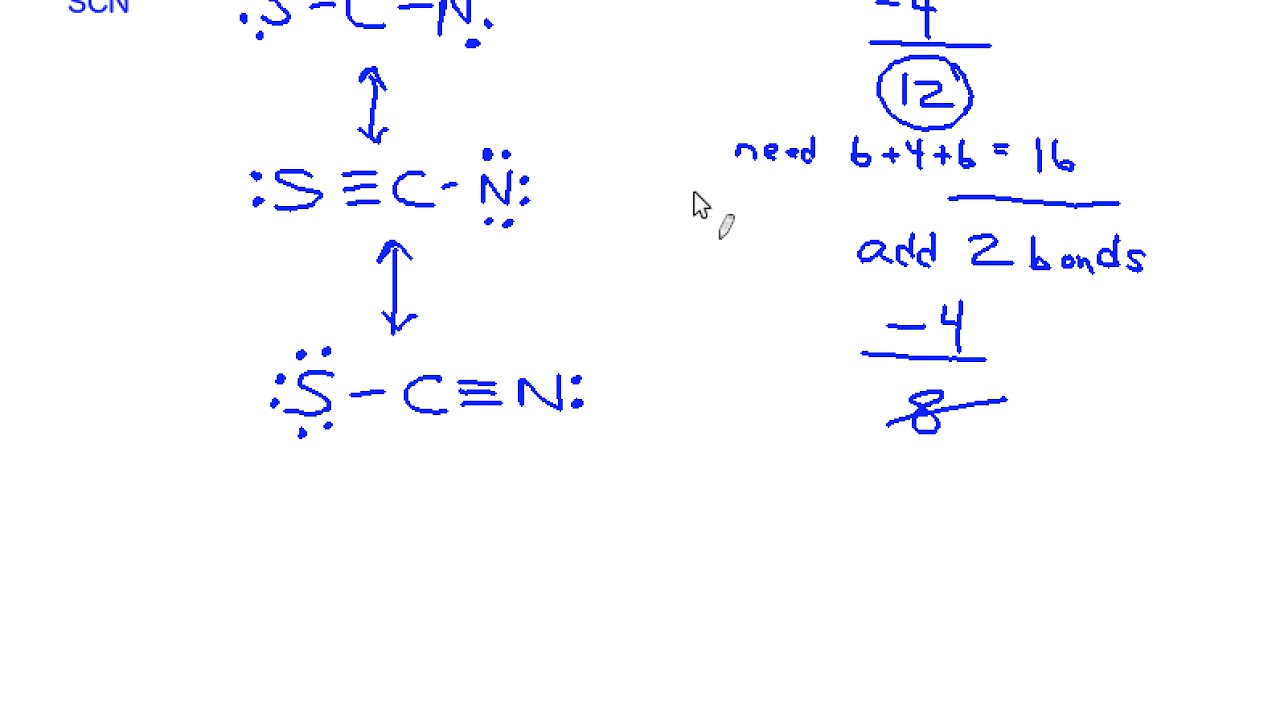Convert From Mg Ml To Molarity
Converting from milligrams per milliliter (mg/mL) to molarity (M) involves a series of steps that require an understanding of the relationship between mass, volume, and molecular weight. This process is fundamental in chemistry, particularly in analytical chemistry and pharmacology, where precise concentrations are crucial for experiments, formulations, and clinical applications. Below is a comprehensive guide to performing this conversion, including practical examples, theoretical underpinnings, and common pitfalls to avoid.
Understanding the Concepts
What is mg/mL?
Mg/mL is a unit of concentration that represents the mass of a solute (in milligrams) dissolved in a specific volume of solution (in milliliters). It is a straightforward measure of mass per unit volume but does not account for the molecular weight of the substance.
What is Molarity (M)?
Molarity is defined as the number of moles of solute per liter of solution. It is a more chemically meaningful unit because it relates the amount of substance to its molecular weight and volume.
Step-by-Step Conversion Process
To convert from mg/mL to molarity, follow these steps:
Determine the Molecular Weight (MW) of the Solute
The molecular weight (in grams per mole, g/mol) is essential for converting mass to moles. This information can be found in chemical databases or calculated from the atomic weights of the elements in the compound.Convert mg to grams
Since molecular weights are typically in g/mol, convert the mass from milligrams to grams:
[ \text{Mass (g)} = \frac{\text{Mass (mg)}}{1000} ]Calculate Moles of Solute
Use the molecular weight to convert the mass in grams to moles:
[ \text{Moles} = \frac{\text{Mass (g)}}{\text{Molecular Weight (g/mol)}} ]Adjust Volume to Liters
Molarity is expressed per liter of solution. Convert the volume from milliliters to liters:
[ \text{Volume (L)} = \frac{\text{Volume (mL)}}{1000} ]Calculate Molarity
Divide the moles of solute by the volume of solution in liters:
[ \text{Molarity (M)} = \frac{\text{Moles of Solute}}{\text{Volume of Solution (L)}} ]
Example Calculation
Scenario: Convert a solution of 50 mg/mL of glucose (C₆H₁₂O₆) to molarity.
Molecular Weight of Glucose: 180.16 g/mol
Convert mg to grams:
[ \text{Mass (g)} = \frac{50 \, \text{mg}}{1000} = 0.05 \, \text{g} ]Calculate moles:
[ \text{Moles} = \frac{0.05 \, \text{g}}{180.16 \, \text{g/mol}} \approx 0.0002775 \, \text{mol} ]Adjust volume to liters (assuming 1 mL of solution):
[ \text{Volume (L)} = \frac{1 \, \text{mL}}{1000} = 0.001 \, \text{L} ]Calculate molarity:
[ \text{Molarity (M)} = \frac{0.0002775 \, \text{mol}}{0.001 \, \text{L}} = 0.2775 \, \text{M} ]
Final Answer: The molarity of the glucose solution is approximately 0.2775 M.
Practical Considerations
Concentration Dilutions
If the solution is diluted, the molarity will change. Use the dilution formula:
[
M_1V_1 = M_2V_2
]
Where:
- (M_1) = initial molarity
- (V_1) = initial volume
- (M_2) = final molarity
- (V_2) = final volume
Temperature Effects
Volume and molecular weight can be temperature-dependent. Ensure measurements are taken at the same temperature for accuracy.
Common Pitfalls
- Ignoring Molecular Weight: Failing to account for molecular weight will yield incorrect results.
- Unit Conversions: Mistakes in converting mg to g or mL to L are common. Double-check calculations.
- Assuming Density: For non-aqueous solutions, density may affect volume calculations.
Applications in Real-World Scenarios
Pharmaceutical Formulations
Converting concentrations from mg/mL to molarity is critical for drug formulations, ensuring accurate dosing and efficacy.
Laboratory Experiments
In biochemical assays, molarity is often required to maintain consistent reaction conditions.
Environmental Analysis
Measuring pollutant concentrations in water samples may involve converting from mass-based units to molarity for standardized reporting.
FAQ Section
How do I find the molecular weight of a compound?
+Sum the atomic weights of all atoms in the compound. For example, glucose (C₆H₁₂O₆) has a molecular weight of 6(12.01) + 12(1.01) + 6(16.00) = 180.16 g/mol.
Can I convert mg/mL to molarity without molecular weight?
+No, molecular weight is essential for converting mass to moles, which is required for molarity calculations.
What if the solution is not water-based?
+Account for the solvent's density and its effect on volume. Use the actual volume of the solution, not just the solute's mass.
How does temperature affect the conversion?
+Temperature can alter the volume of the solution and the solubility of the solute. Ensure measurements are consistent with the temperature used for molecular weight data.
Why is molarity preferred over mg/mL in chemistry?
+Molarity is based on moles, which are directly related to chemical reactions, making it more useful for stoichiometric calculations and reaction kinetics.
Conclusion
Converting from mg/mL to molarity is a fundamental skill in chemistry that bridges the gap between mass-based and mole-based concentration units. By understanding the molecular weight of the solute and carefully managing unit conversions, you can accurately determine the molarity of a solution. This knowledge is invaluable in both academic and industrial settings, ensuring precision in experiments, formulations, and analyses. Mastery of this conversion process empowers scientists and professionals to work with confidence in a variety of chemical applications.
